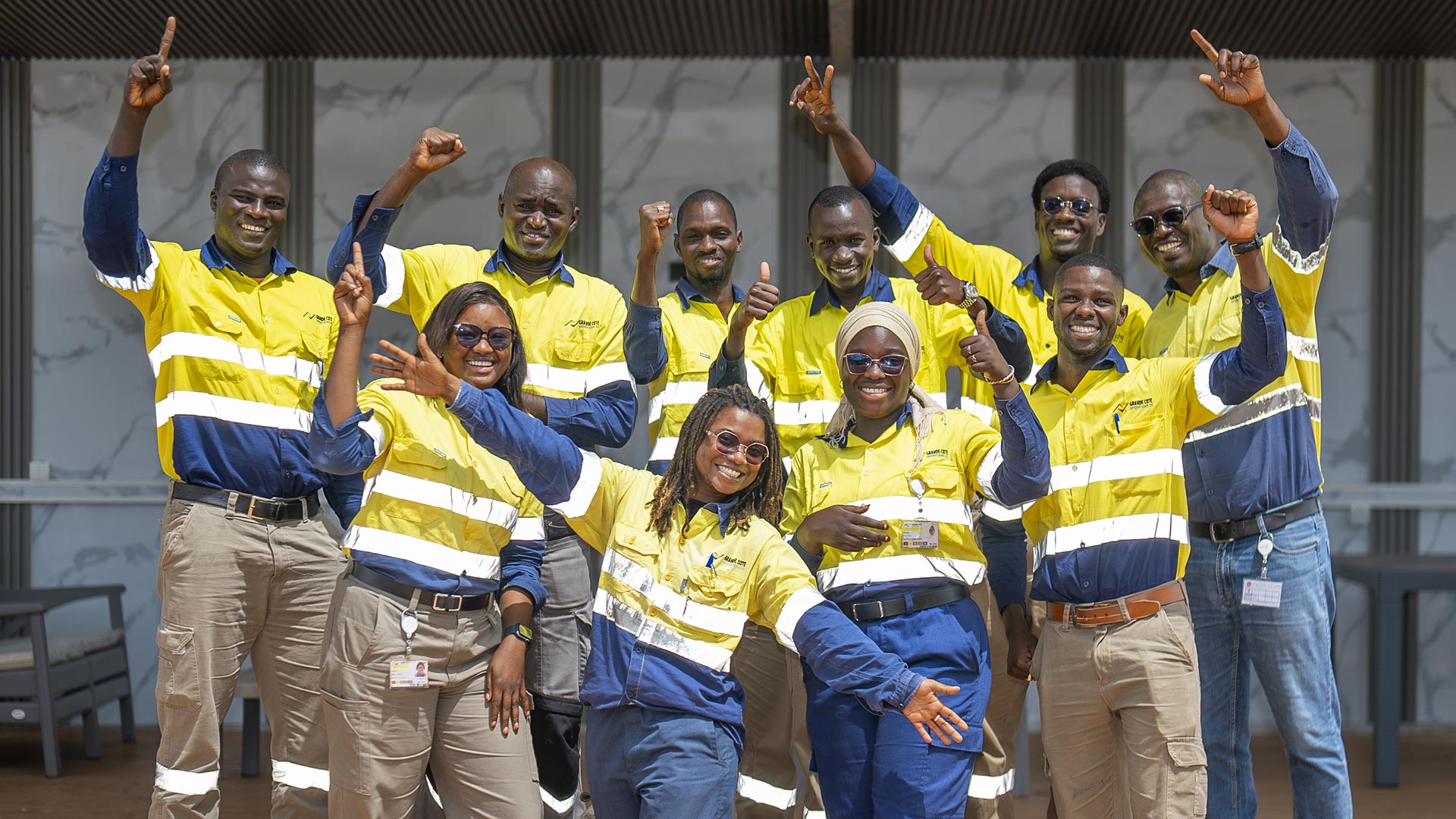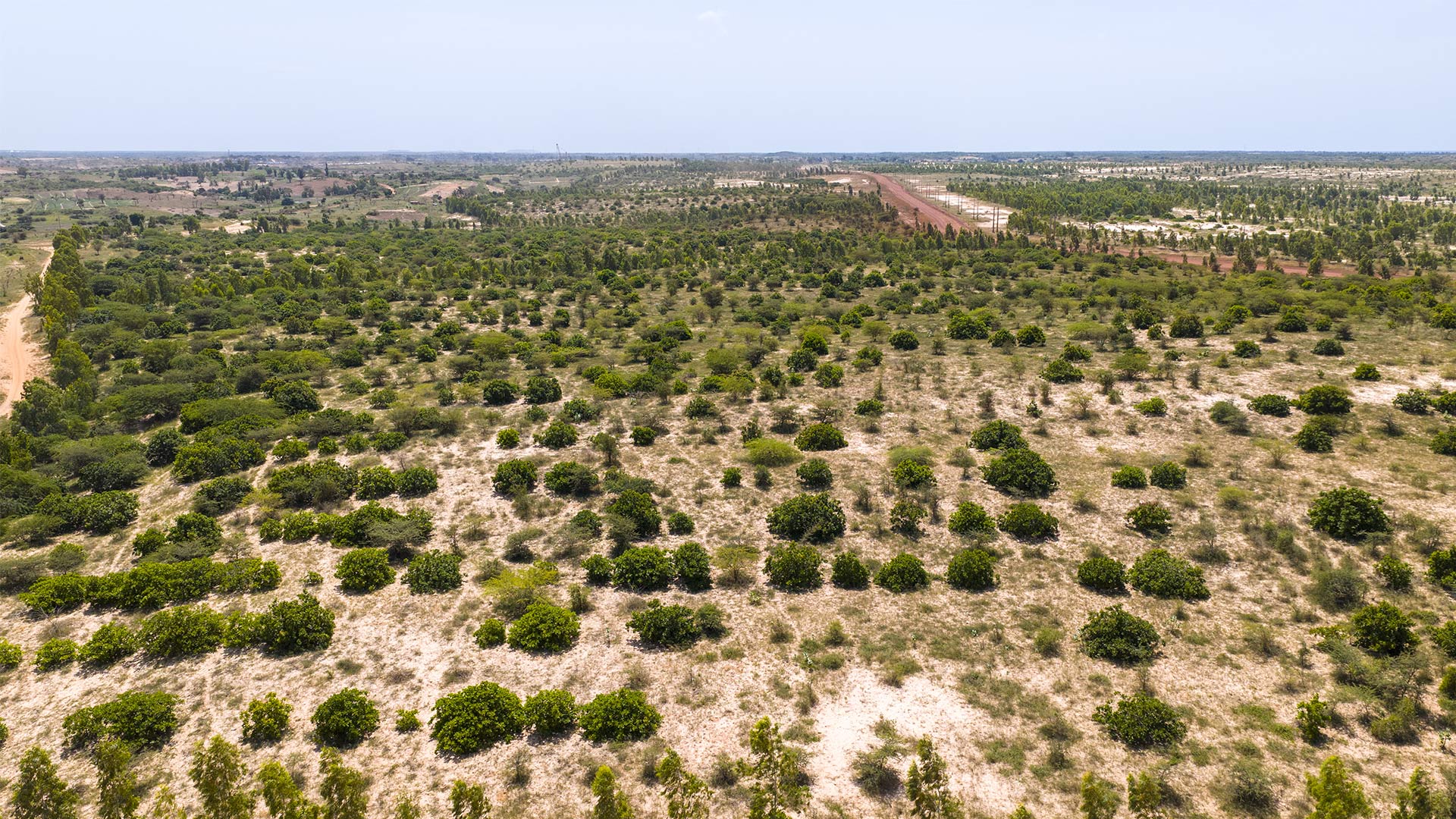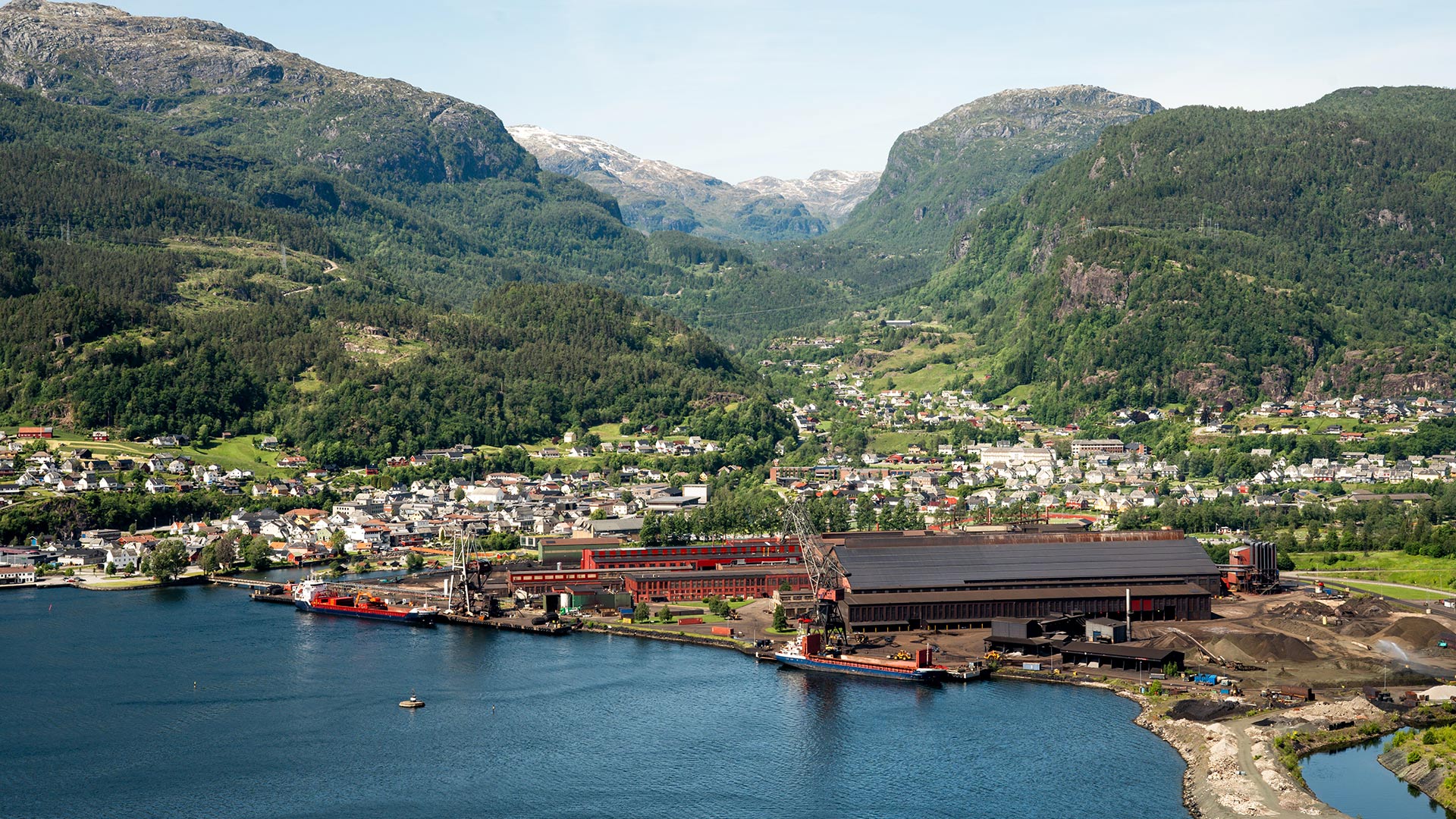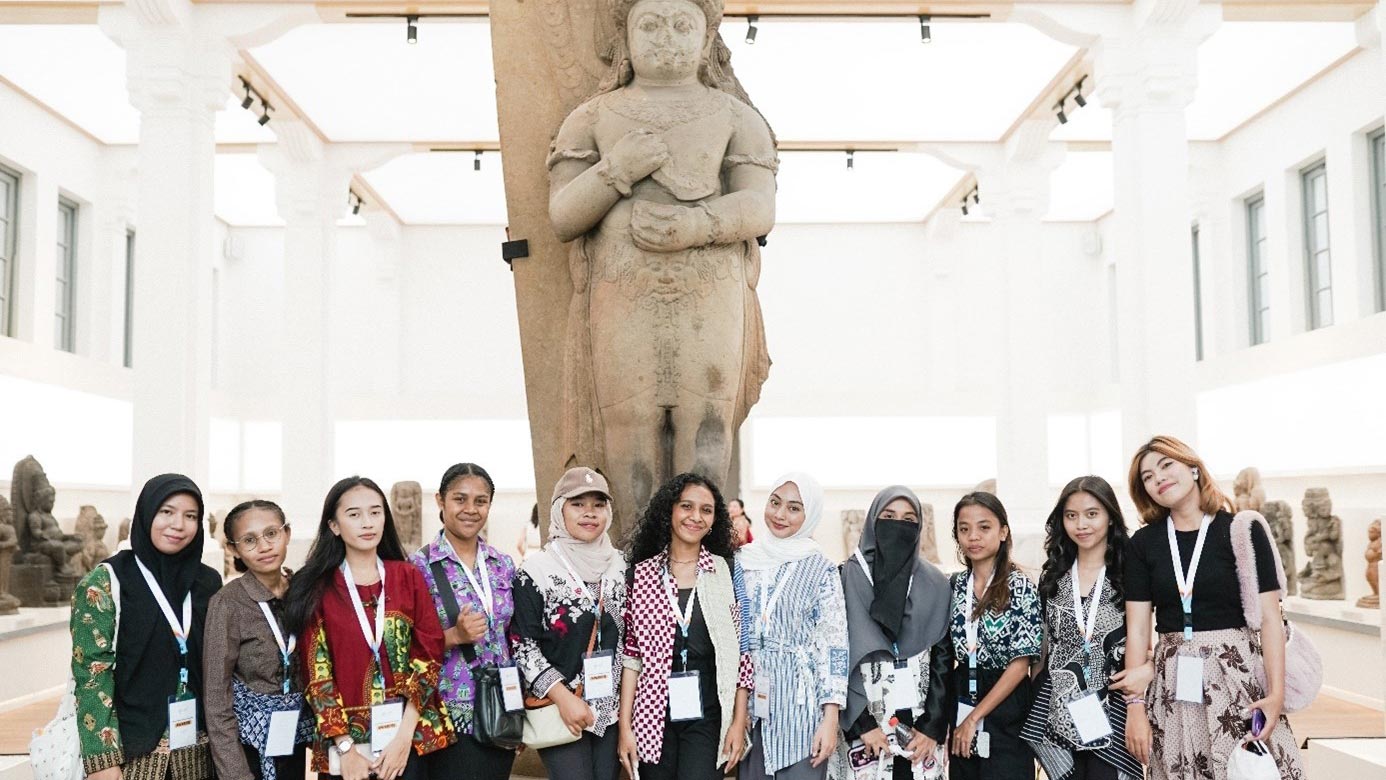To meet this challenge, Eramet has developed a bold corporate vision: “Act for Positive Mining,” the Group’s CSR roadmap, which is fully compliant with the United Nations Sustainable Development Goals (SDGs).
At the heart of this approach lies a clear commitment: in addition to responsible environmental and labor practices, to create, wherever possible, a positive outcome for stakeholders and the Group’s ecosystem by promoting a positive and responsible approach focused on the continuous improvement of our operating practices.

“Act for Positive Mining”: 3 areas of focus, 10 goals
“Act for Positive Mining”: our latest news
1 September 2025



